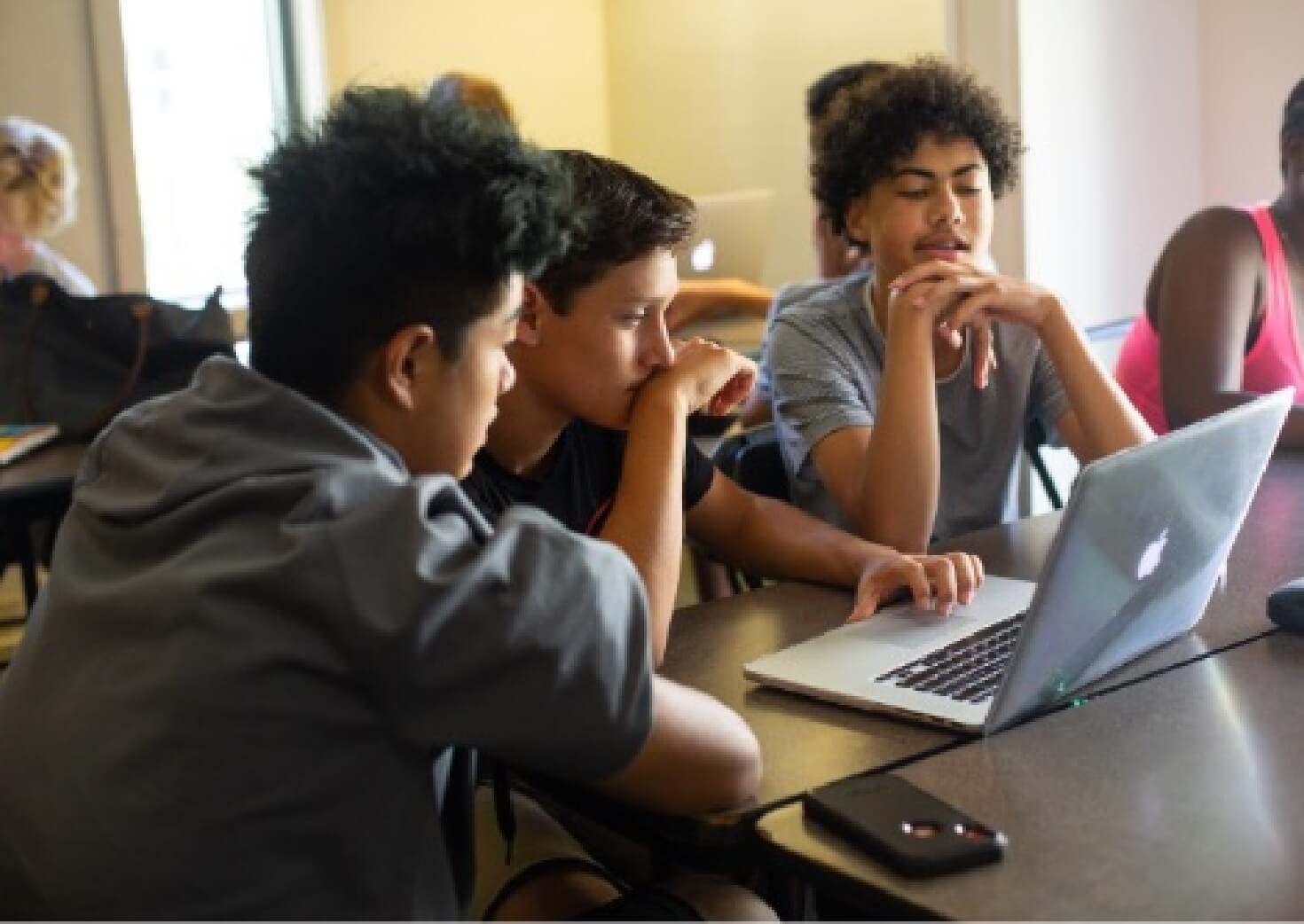Smithsonian Student Travel | Silicon Valley | NEW




Highlights
-
Work with engineers who design virtual exploration and mapping software
-
Meet teams creating the tech behind autonomous vehicles
-
Stand in awe under centuries-old redwoods on a day trip to a national park
-
Meet conservationists using the latest technology to protect sea life
Itinerary
This itinerary represents our plan for the program. However, we may implement changes if we identify opportunities to improve the experience, to take advantage of unexpected events, or to accommodate local schedule changes.
San Francisco Bay • 5 days • Settle into your accommodations and get to know your group during an in-depth orientation. Each day, participate in lively discussions focused on themes ranging from artificial intelligence to precision therapies seeking to cure diseases. Then take part in an engaging workshop or site visit to further examine and apply what you’ve learned.
Throughout the program, innovation labs at local universities, start-ups, and tech companies serve as your classroom as you explore how technology is propelling us into the future. Alongside professionals, learn how innovative technologies are used for the creation of faster computer chips, smarter AI, and more agile robots. Meet developers working on digital and robotic automation in the construction industry to make labor and material more efficient and cost effective.
Explore the basics of coding to better understand computer systems and their integration into everyday life. Discuss the complex and controversial world of blockchains, cryptocurrency, and NFTs; and debate the challenges and opportunities of digitizing assets. Watch next-generation drones navigate complex environments and learn about their uses on the battlefield, in surveillance, and for exploration.
Meet with technology innovators building devices to measure the brain’s neurological, cognitive, and emotional activity. Test out the headset and watch your brain respond to different stimuli. Then visit Stanford University’s Virtual Human Interaction Lab, where scientists are studying the use of immersive virtual reality (VR) environments, as well as how VR experiences may be used to improve everyday life by promoting conservation, empathy, communication, or enhanced learning.
Visit the headquarters of Google for a behind-the-scenes look at this powerhouse of digital technology. Tour the campus and learn the latest on the company’s ambitious projects, like self-driving cars, robotics, and AI.
Throughout the program, collaborate with your group leaders to generate ideas for innovation, and use what you have learned to develop your own solutions to an issue that motivates you.
In the afternoons and evenings, explore the San Francisco Bay Area. Cruise the bay for a unique view of the Golden Gate Bridge, hike among soaring redwood forests, or lay back and enjoy the spectacular beaches along California’s golden coast.
Monterey • 2 days • Cap off your program with an excursion to Monterey and the Pacific coast. Kayak through Elkhorn Slough in search of endangered sea otters and migrating birds. Meet aquarists at the Monterey Bay Aquarium and learn how the Monterey Bay Aquarium Research Institute is developing technology to help better understand our oceans. Join a whale watching trip just offshore to spot marine megafauna, or learn to surf in the cool waters. End the trip with a sunset dinner while you reflect with new friends on all you have experienced together.
Return • Travel Day • Depart San Francisco to your final destination.
Smithsonian Student Travel Expert
A Smithsonian Student Travel Expert will join the group for a portion of the itinerary. Our experts are professionals in their field and tie in their knowledge and experiences with the themes of the program. Throughout their time with the students—generally five days—they share their insights and passion for the region through talks and informal conversations, connecting with students in meaningful ways. Meet an expert who is joining a student trip below. Our other 2024 Smithsonian Student Travel Expert will be announced soon.

Quentin Sanders, Assistant Professor of Bioengineering and Mechanical Engineering (joining the July 1 departure)
Quentin Sanders is an Assistant Professor at George Mason University and holds a
joint appointment in the departments of Bioengineering and Mechanical Engineering. He
received his Ph.D. in Mechanical Engineering from the University of California, Irvine with
his research focused on developing robotic devices for upper extremity rehabilitation after
stroke. Prior to joining George Mason University, Quentin was a postdoctoral scholar at
North Carolina State University where he developed robotic devices to assess sensorimotor
function of the hand after stroke. He then spent a year working at Google X developing
lower extremity exoskeletons. Currently at George Mason University he directs the
ImPoWeR lab which develops robotic and prosthetic devices for individuals who have
experienced a neurological injury or amputation.




What to Expect
Accommodations • Groups stay in dormitory style accommodations with multiple beds in a room and shared hall baths.
Climate • San Francisco in the summer can be warm during the day, ranging from 60–70°F (16–21°C), with chances of rain, fog, and cooler weather in the evenings.
Meals • Most breakfasts are taken in the accommodations, with lunches and dinners eaten in local cafeterias, restaurants, and cafes.
Cuisine • Fresh seafood, vegetables, and standard American fare are common in San Francisco, as are Asian and Pacific influences.
Sign up for two programs & save $500!
$300 tuition discount + no application fee
